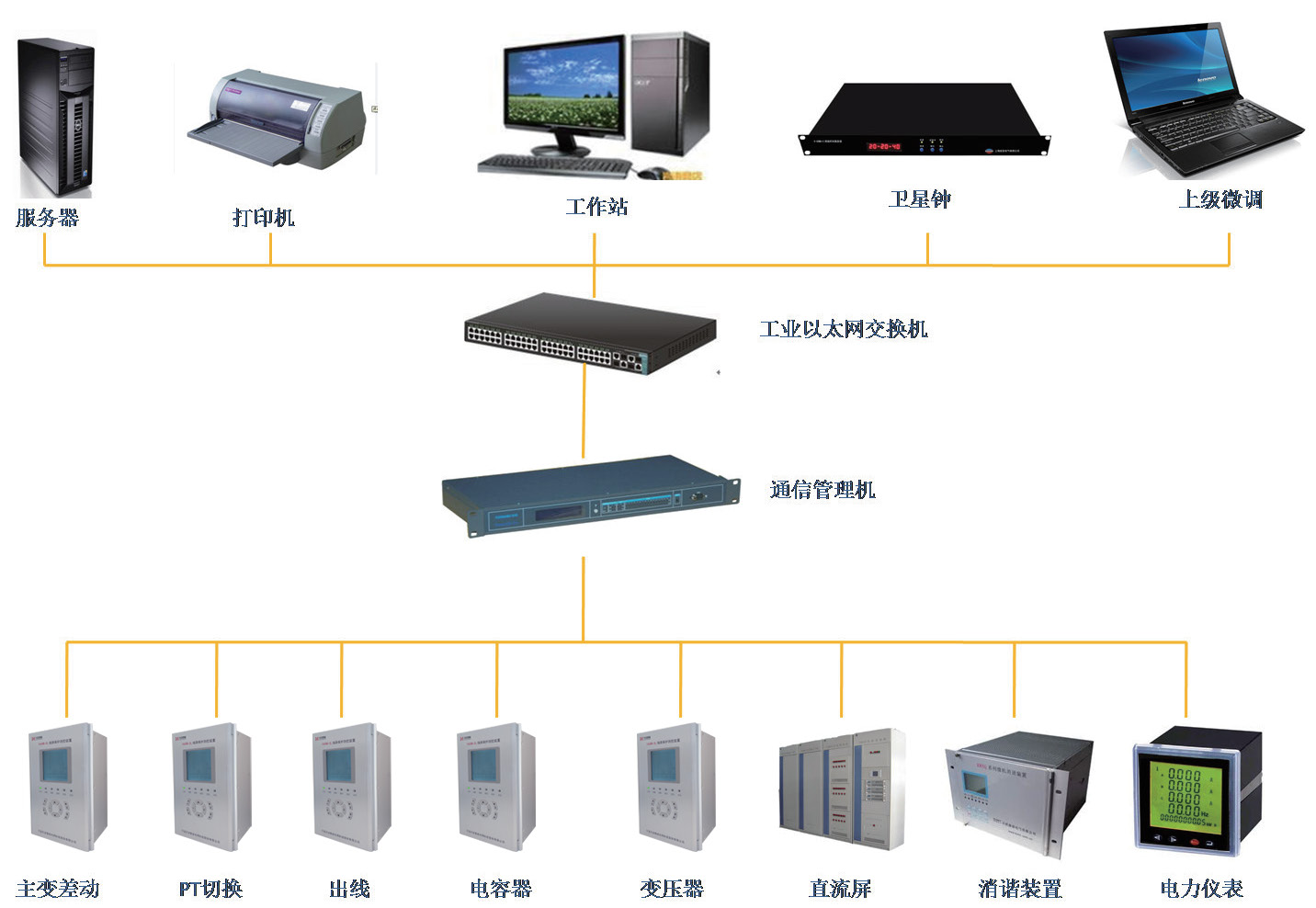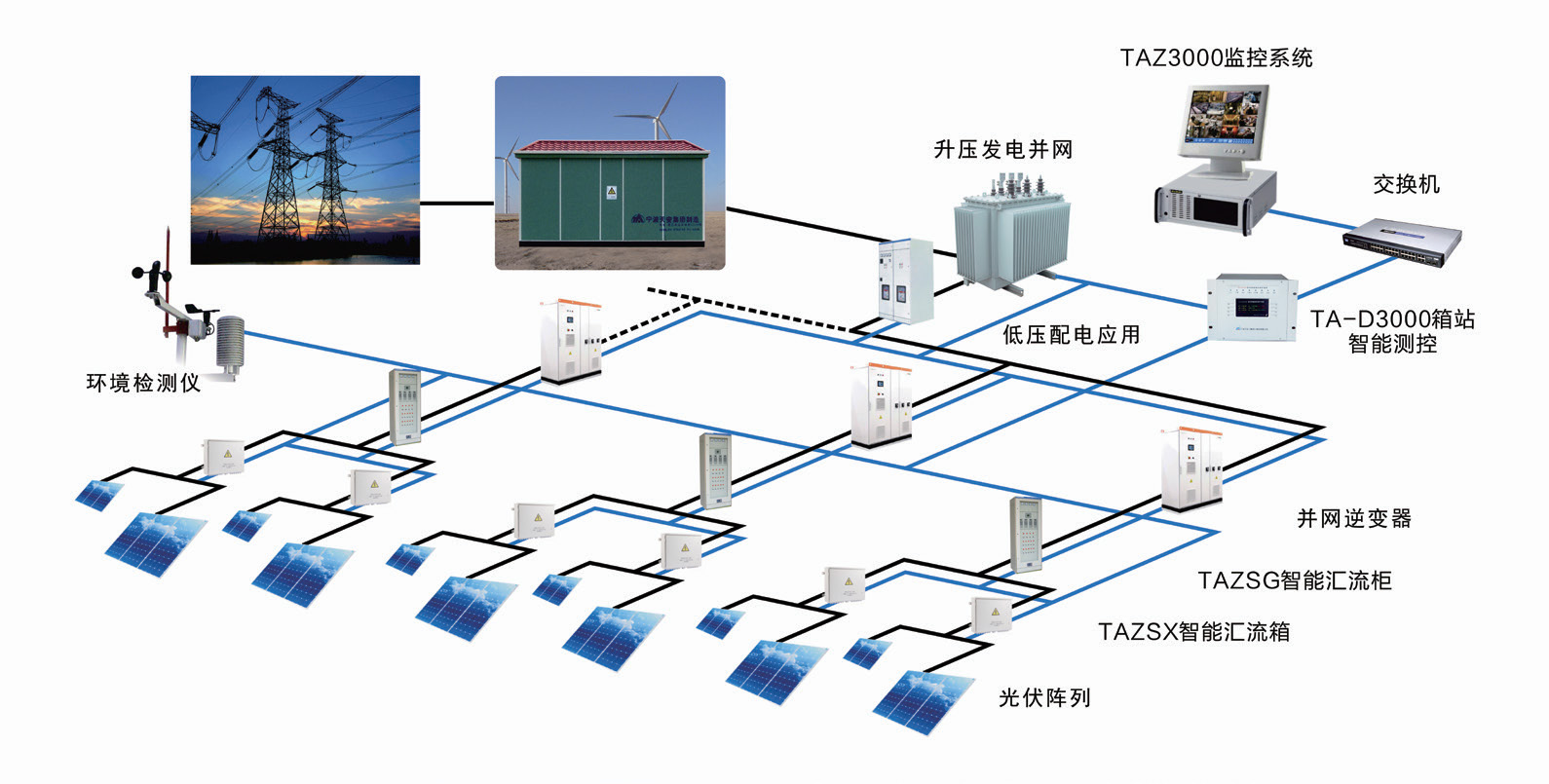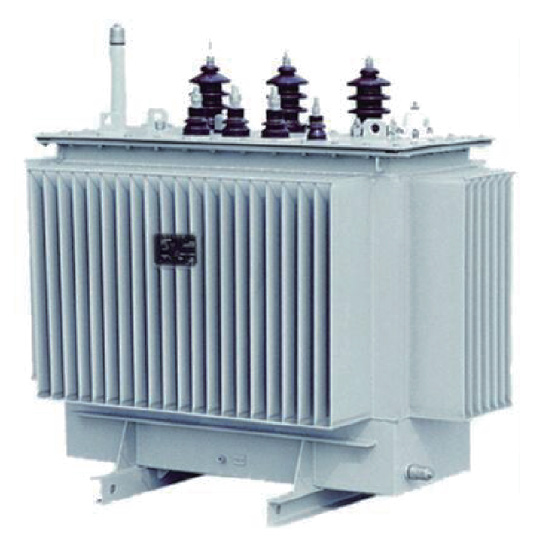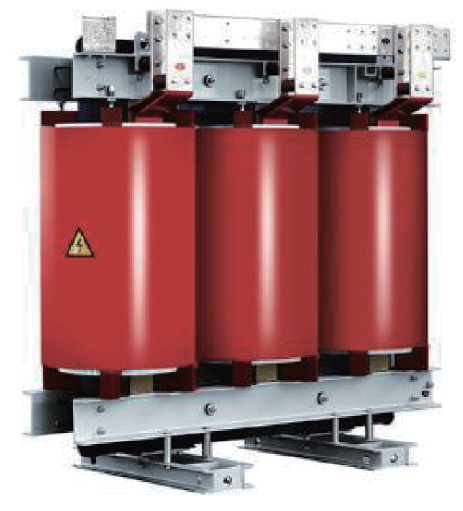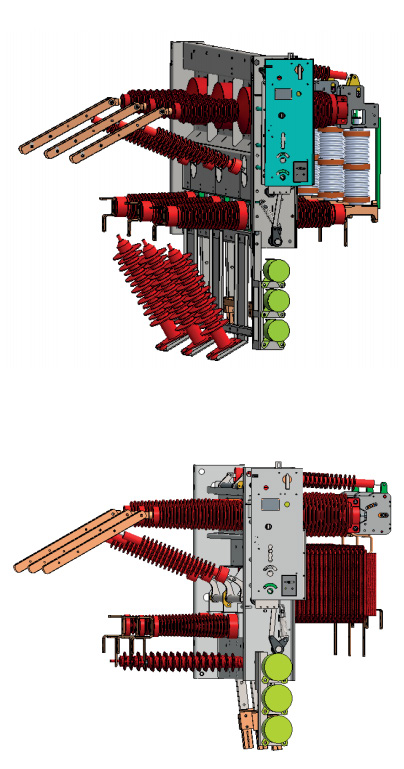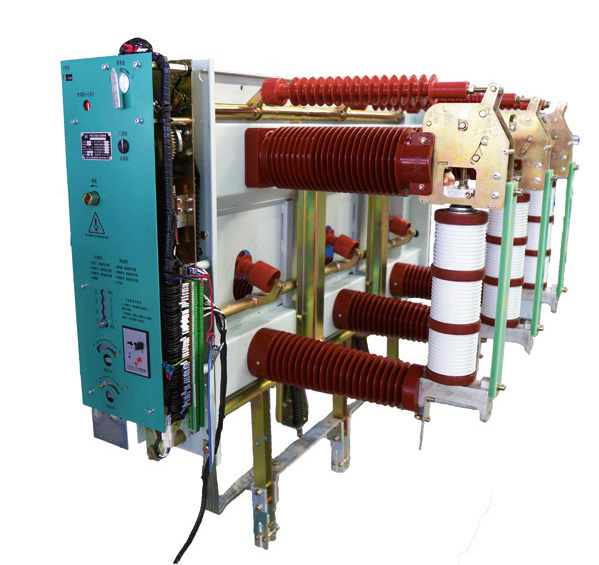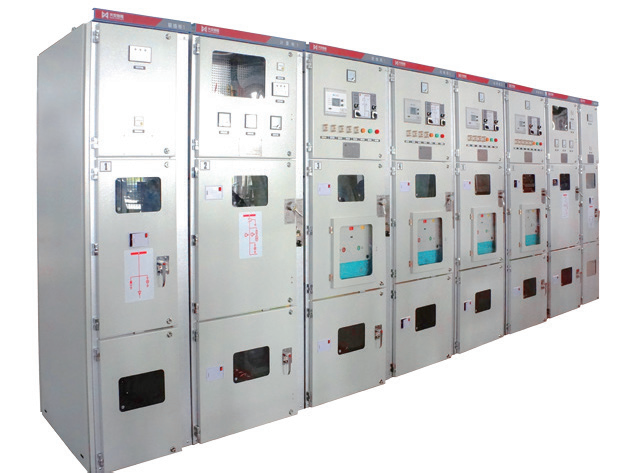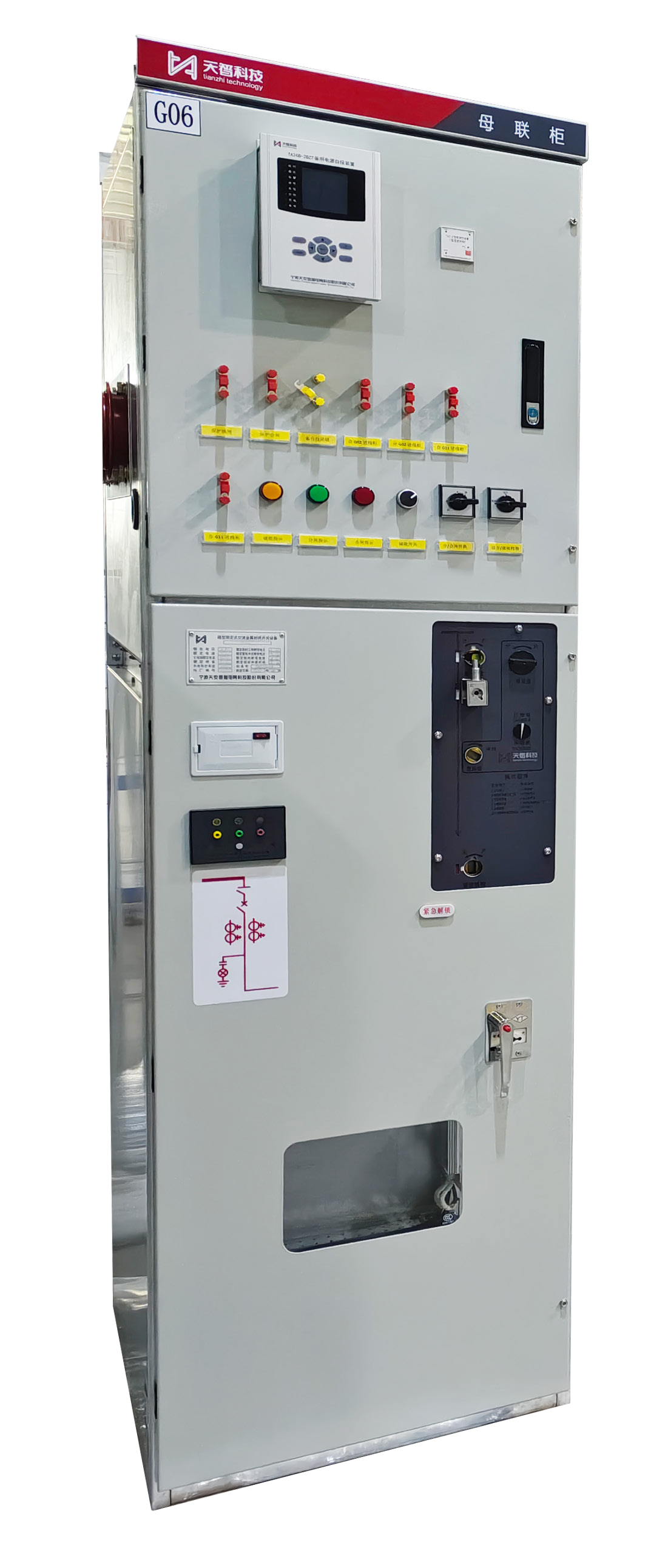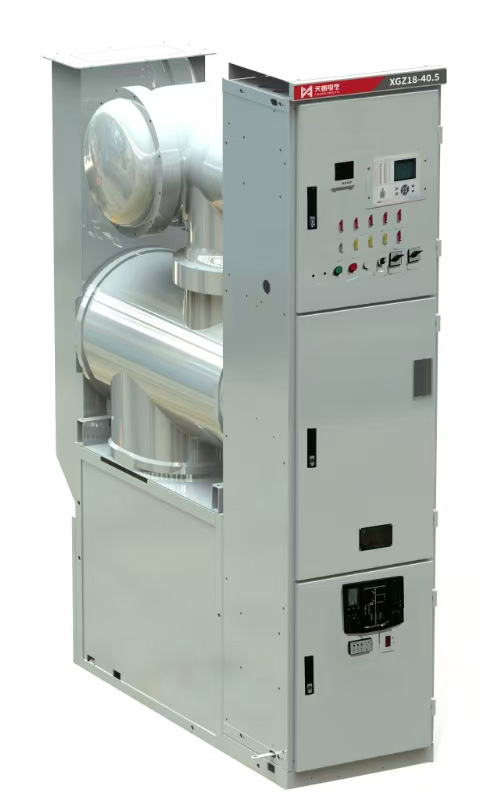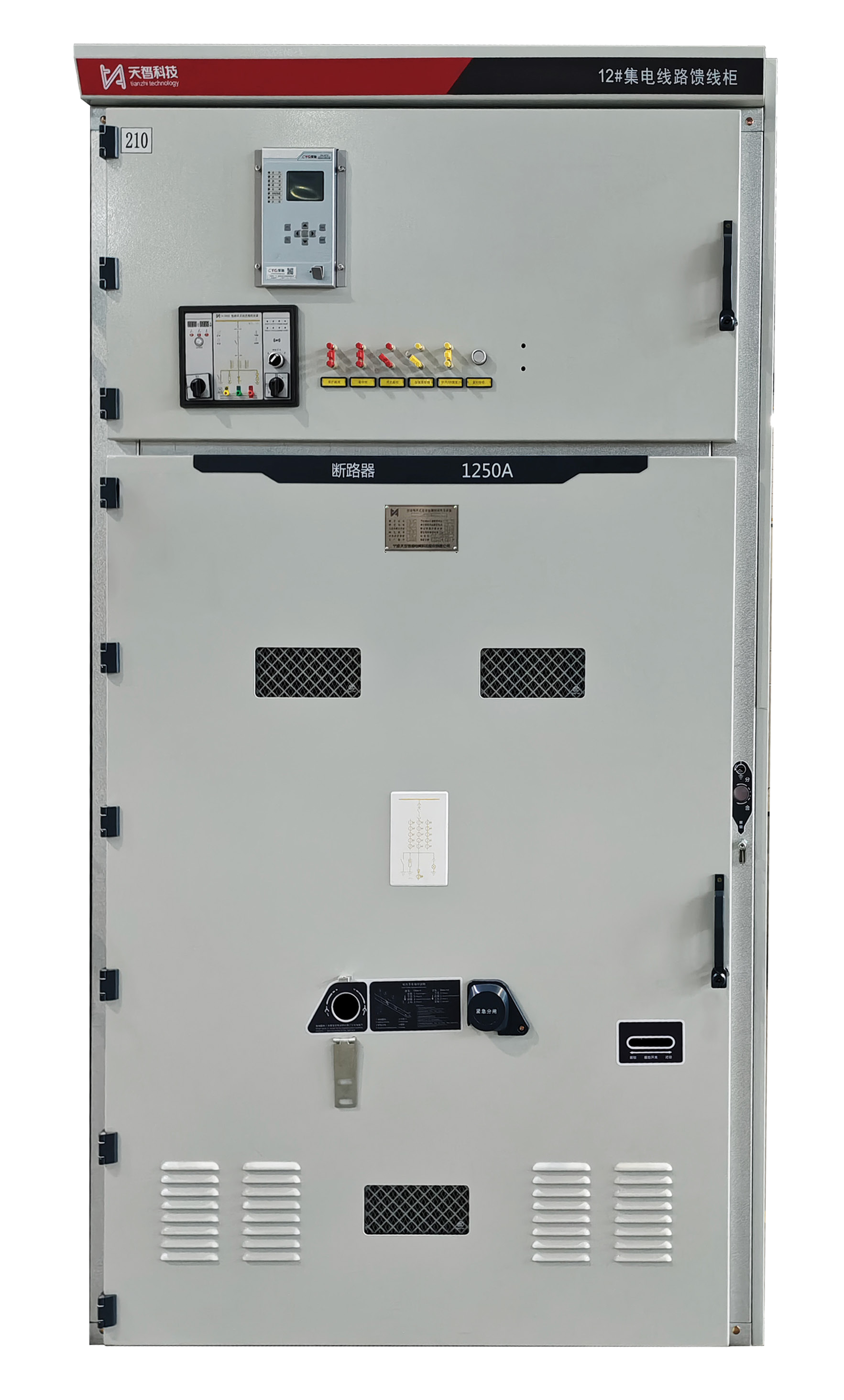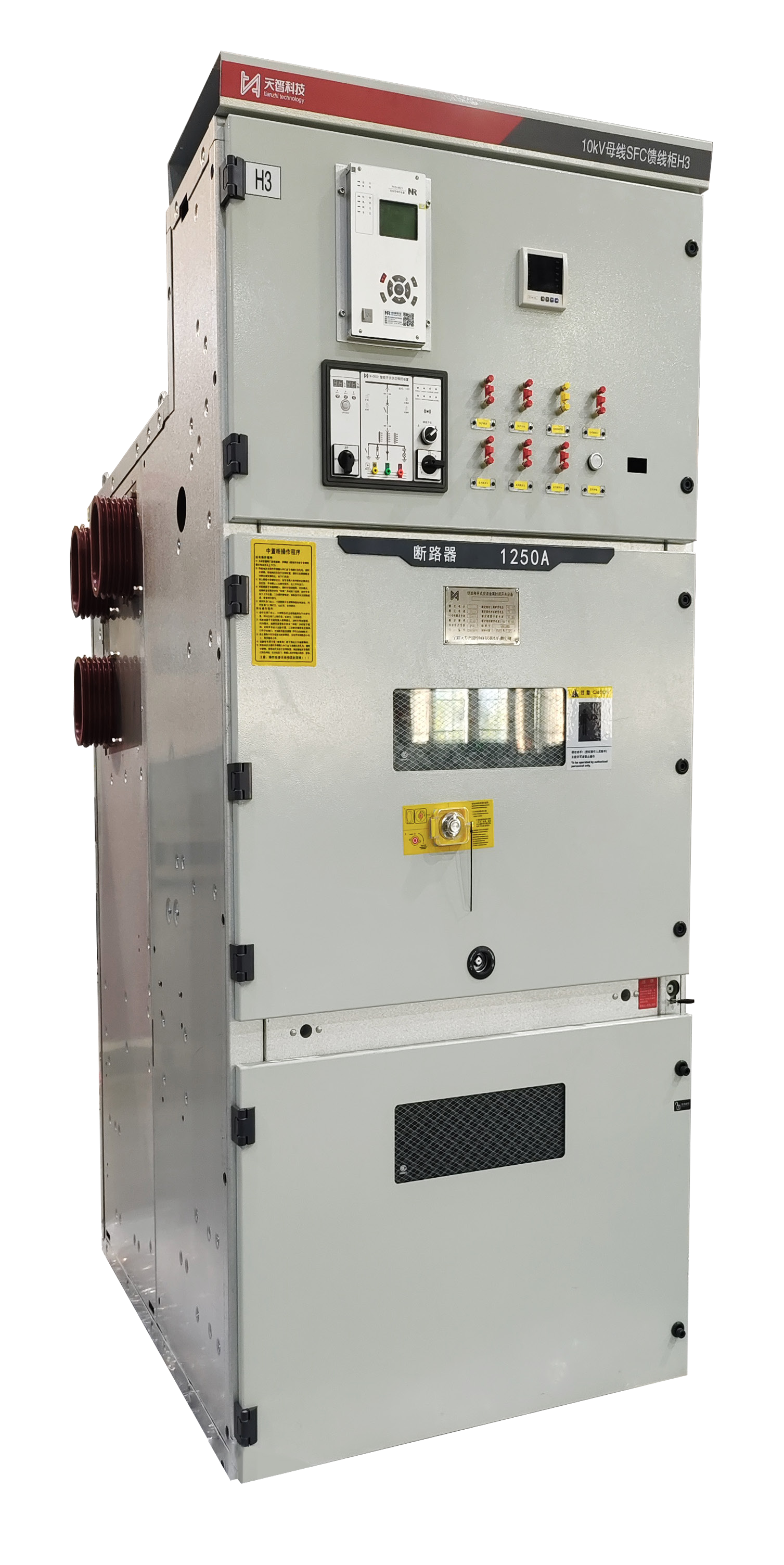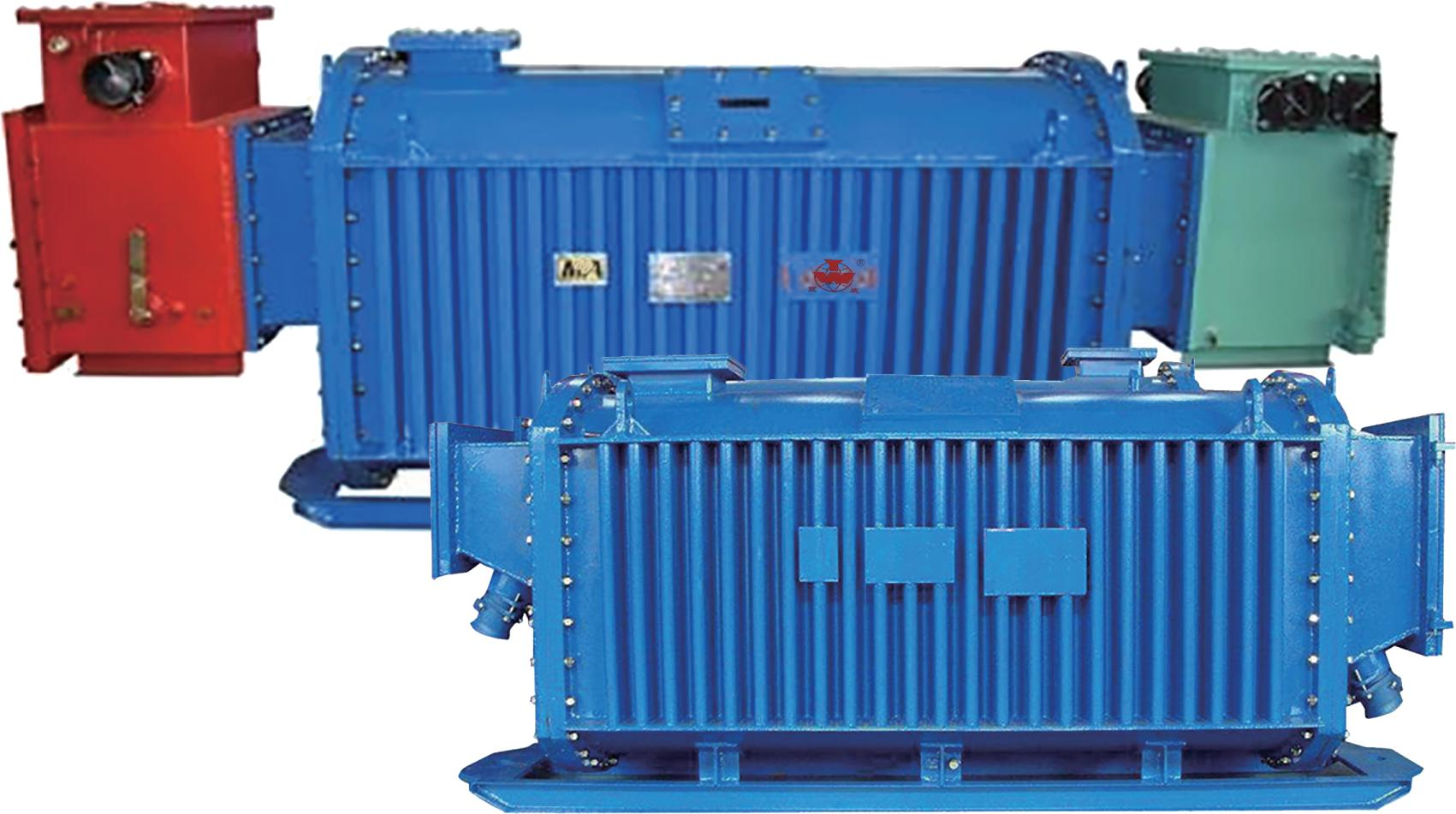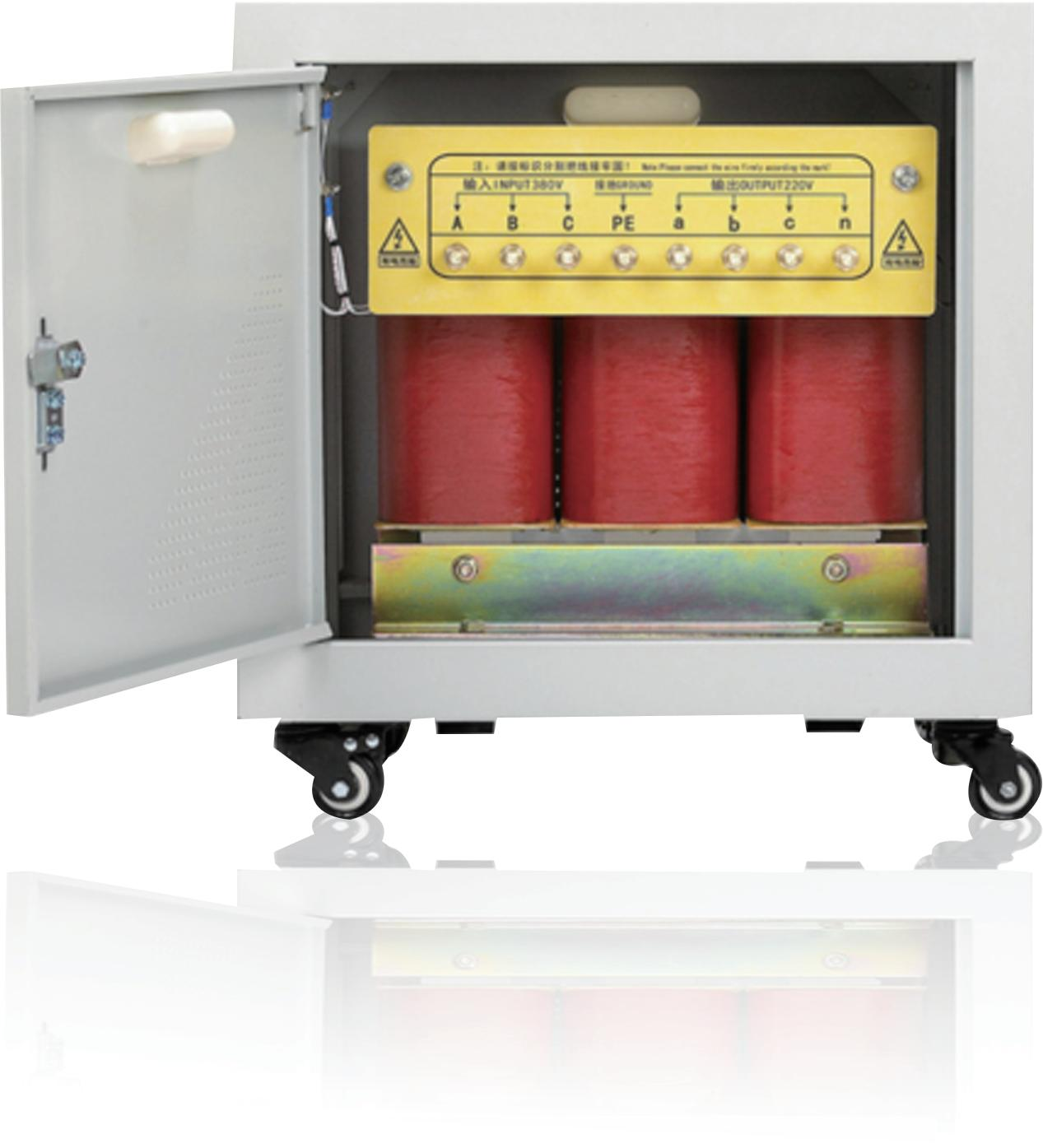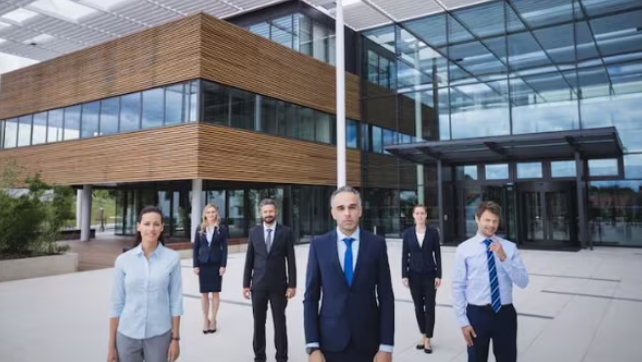
Iceland Energy Minister Plans to Speed Up New Power Plants
Wedoany.com Report-Jan 17, Iceland’s new government plans to allow energy companies to begin three new power plant projects this year, while it is still mulling the terms for foreign investors to enter the market.
Johann Pall Johannsson, minister of the environment, energy and climate, will propose to lawmakers approving new hydro plants with a combined output of 1.8 terawatt hours per year to be built, he said in an interview in Reykjavik. That would be more than a third of the 5 terawatt hours per year in added production his Social Democratic party pledged over the next decade before securing a victory in the November snap parliamentary vote.
With no connection to other countries’ energy grids, the Atlantic island has struggled with rising demand for electricity in the last years while there has been lack of political consensus on green-lighting more production. The move would help attract investment by allowing a further build-up of data centers and food production such as land-based fish farming, Johannsson said.
“For the first time in a long time we have a government in Iceland that agrees on facilitating increased energy generation,” the 32-year-old lawmaker said on Monday. In the future, capacity would be a mix of hydro, geothermal and wind power, he said.
One of the most geologically active places on Earth that also boasts extensive glaciers, Iceland generates about 20 terawatt hours of renewable energy per year. The island is the world’s largest producer of green electricity per capita, with hydro accounting for 70% of its total power output, and the rest coming from geothermal.
The first wind farm run by the national power company Landsvirkjun is due to come on line next year, while foreign investors are interested in building turbines in several locations. This has caused concern in Iceland as it clashes with the tourism-driven economy’s selling point of pristine wilderness.
“We are not categorically against letting foreign parties enter the power generation market,” Johannsson said, adding it needs to be “done under the condition that it serves the public interest and that the nation gets a fair fee for the utilization of its resources.”
“We clearly need to make a stronger legislative framework for wind power,” he added.
It will be up to companies that get permits to choose whether to proceed with the investments.
The cabinet also aims to heed the industry’s pleas to reduce the number of institutions involved in the licensing process for the plants, Johannsson said.
In an indication of how riddled with risks the projects are, a court in Reykjavik on Wednesday recalled a license for a large hydro plant in southern Iceland after an appeal by landowners and residents in the area. The decision may delay the plant — projected to produce 720 gigawatt hours of electricity per year — beyond 2029, Landsvirkjun said in a statement.
The three-party government formed last month has also faced growing demands to address soaring energy costs as competition with industrial users has driven up prices paid by households by 13% over the past year. About 80% of energy generated in Iceland goes to heavy industry — the bulk to the aluminum smelters of Rio Tinto Plc, Alcoa Corp. and Century Aluminum Co. The public uses the rest.
Johannsson said the government’s environment and energy agency may be given more powers to monitor prices, while he’s also preparing a bill to regulate power exchanges to “hinder market manipulation.” Still, he is skeptical of any price cap on energy sold to the public.
“The most effective way to ensure price stability is to ensure supply which is the long term goal,” he said.

